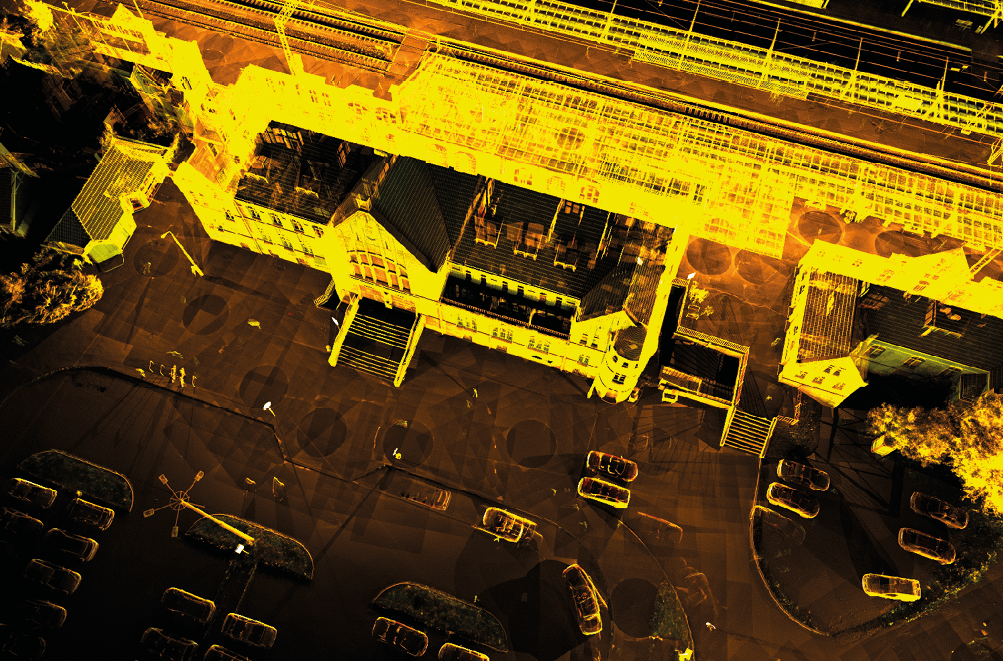2.11. Technologies used, 2.11.1. Implemented innovative projects, About Budimex Group
The company’s structure includes an Innovation Department, which manages innovation projects and the implementation of new technologies.
We take steps to strengthen the culture of innovation. Our goal is for everyone employed at the Budimex Group to feel encouraged to propose new solutions and supported in developing them. We are committed to creating an environment where team members have the freedom to experiment, and where management is open to, appreciates and strives to implement ideas that are submitted. In this way, we plan to generate innovations that will not only address the company’s business needs and the challenges facing the construction industry, but also realize the aspirations of employees.
In 2023, 434 Budimex SA employees were involved in 62 carefully selected R&D projects, some of which were a continuation of activities initiated in previous years.
Advanced mobile collaborative robot
The object of the Concert project, funded by the European Commission under Horizon 2020, is to develop robots with high power and strength that can work alongside humans in a variety of often unstructured and dynamically changing environments. The initiative aims not only to increase efficiency and productivity in construction, but also to pave the way for the use of collaborative robotics in the manufacturing sector. The venture is being implemented from 2021 by a consortium involving Budimex SA, combining the experience of experts from Poland, Italy, Austria and Germany.
In 2023, within the framework of the aforementioned project, we began testing a robot that can perform the most physically demanding tasks for construction workers. Powered by an environmentally friendly electric motor and controlled by gestures, among other things, the device is able to work and safely avoid people and obstacles in a variety of conditions, enabled by advanced 360-degree cameras, four steering wheels or a lidar system. The innovative “cobot” (collaborative robot, a robot that works together with a human) can move completely autonomously, for which it can use an uploaded BIM model of the facility. Thanks to its modular design, it can be easily adapted to different applications.
The robot, developed by an international team of engineers in cooperation with the Central Institute for Labor Protection, was tested by us at the construction site of the Military Clinical Hospital in Kraków, where it helped in transporting heavy items and drilling, among other tasks. During the tests, we presented the “cobot” to students from Kraków universities, with the aim of introducing them to the practical aspects of using robots on construction sites, inspiring them to further innovation in the industry, but also drawing their attention to the need for ethical and safe implementation of the technology.
A short video about our tests can be viewed at: https://www.youtube.com/watch?v=9IGeOyLkgOw, and additional information about the entire Concert project can be found on its website: https://concertproject.eu/.
3D printing from concrete
The use of 3D printing technology for the design and construction of concrete stairs at the Ełk railroad station being modernized by Budimex was the first application of this technology in Poland in construction practice. With a length of 7 meters, a width of 80 cm and a height of about 4.5 meters, the staircase, made up of three elements weighing a total of nearly 2 tons, is a perfect example of the efficiency and flexibility that 3D printing offers in our industry.
The goal of the project was to better understand 3D printing technology from concrete and assess its practicality. The results of the implementation indicate that 3D printing can offer significant environmental benefits, such as reduced waste, reduced carbon footprint and more efficient use of materials.

